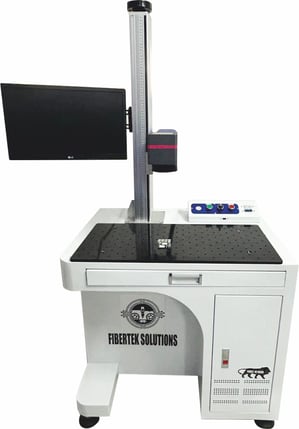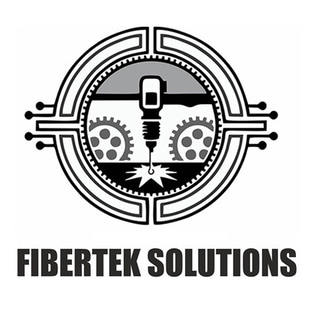Fiber Laser Marking Machine
Marking & engraving on all metal parts and
some of non-metal/plastic parts.


Laser Source Max Pro/JPT
Capacity 20W / 30W
Laser Wave Length 1064 nm
Phase Single Phase
Marking Area 100x100mm 150x150mm 300x300mm
Supporting Format PLT, DXF, BMP
Software EZCAD / Light Burn
Laser life 100000 hours
Material Gold, Silver, SS MS Brass etc....
Operation system All Windows system
Voltage 220V
Maximum Speed 12000 / sec linear speed
Temperature 25 to 35
Warranty 1 Year
Cooler Air
Laser engraver All English characters, numbers, codes, variety of graphics, logos, special symbols, barcodes, serial numbers, time and date, etc.



Fiber Laser Technology:
Fiber laser marking uses a focused beam of infrared light, generated by a doped optical fiber, to create permanent, high-precision marks on a variety of materials. This technology is widely used for industrial applications like product identification, traceability, and anti-counterfeiting due to its speed, accuracy, and ability to mark a wide range of materials including metals and plastics.
Key aspects of fiber laser marking:
How it works:
A fiber laser emits a concentrated beam of light that is focused onto the material's surface. The laser energy is absorbed by the material, causing localized heating and either melting, discoloration, or vaporizing the material to create the mark.
Materials:
Fiber laser marking is suitable for a variety of materials, including metals (like gold silver stainless steel, aluminum, titanium), plastics, ceramics, leather, and more.
Advantages:
Fiber lasers offer high speed and accuracy, making them efficient for industrial applications. They also require minimal maintenance and offer a long lifespan.
Applications:
Fiber laser marking is used for marking serial numbers, barcodes, QR codes, logos, and other identifying information on products. This is crucial for traceability, quality control, and preventing counterfeiting.
Industrial integration:
Fiber laser marking systems can be easily integrated into production lines and controlled by laser marking software, allowing for automated and efficient marking processes.
